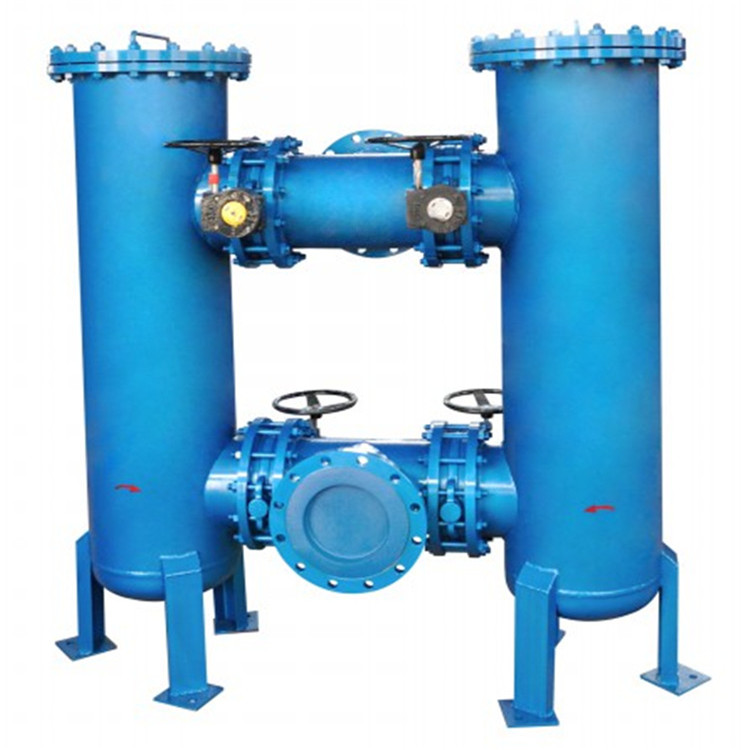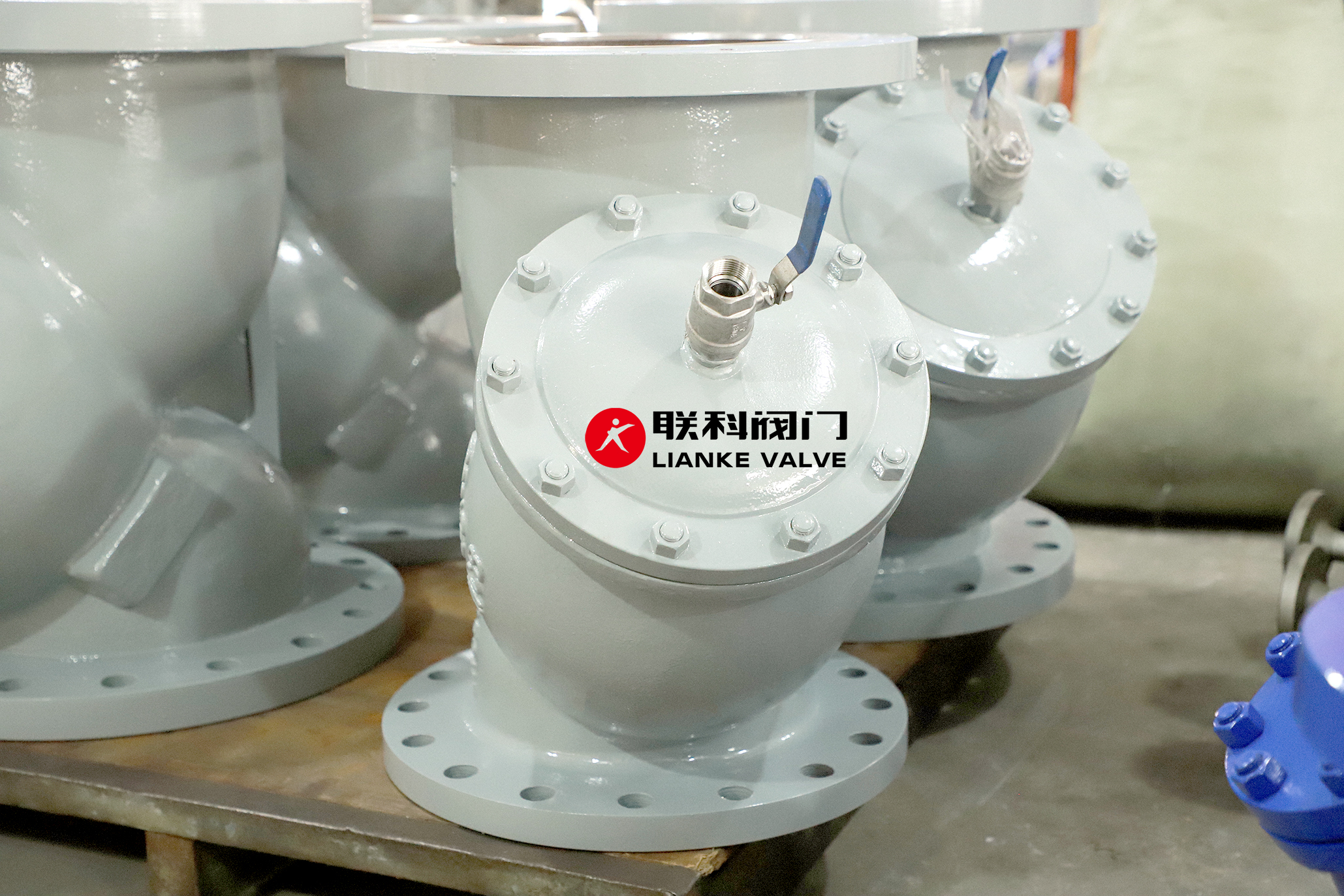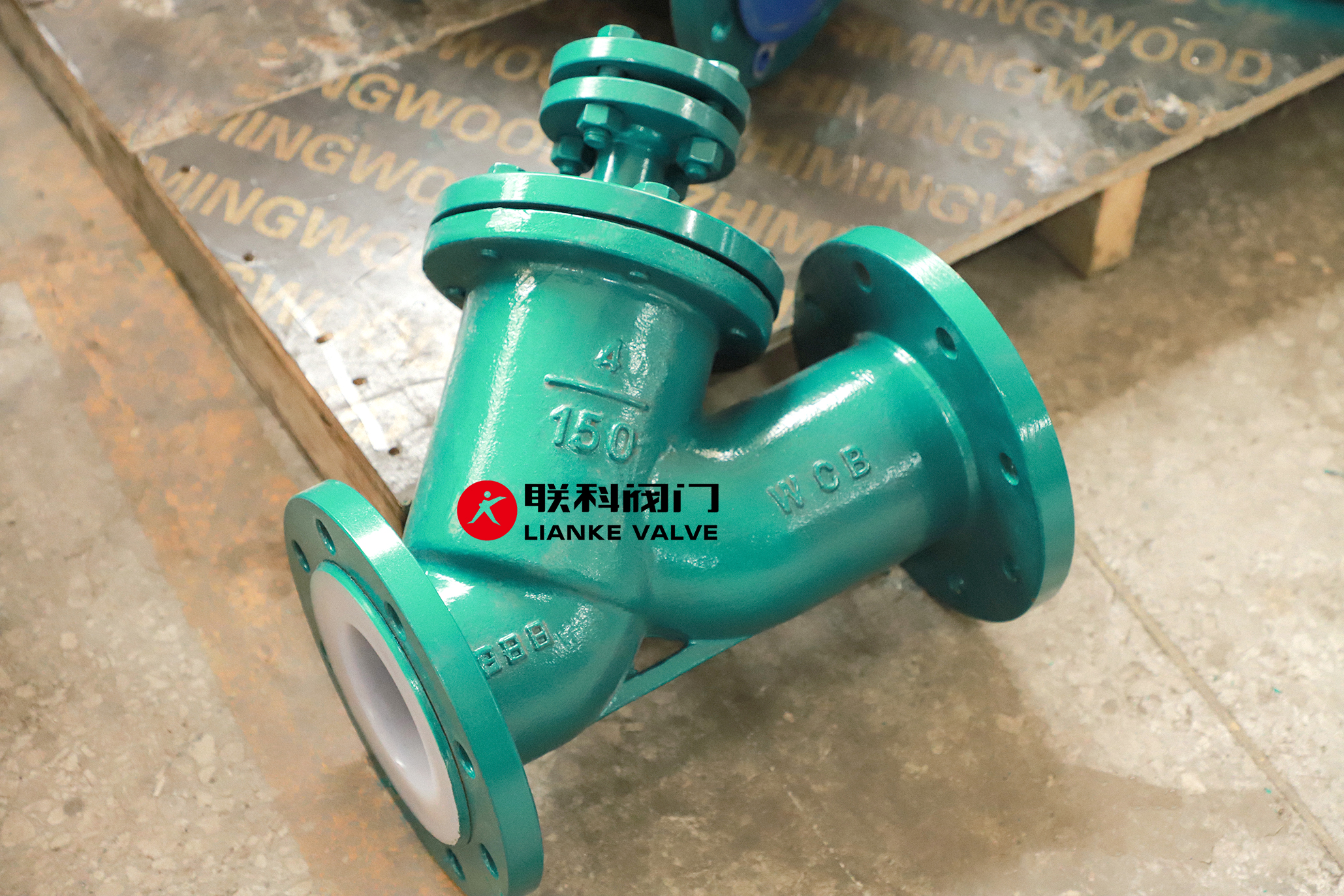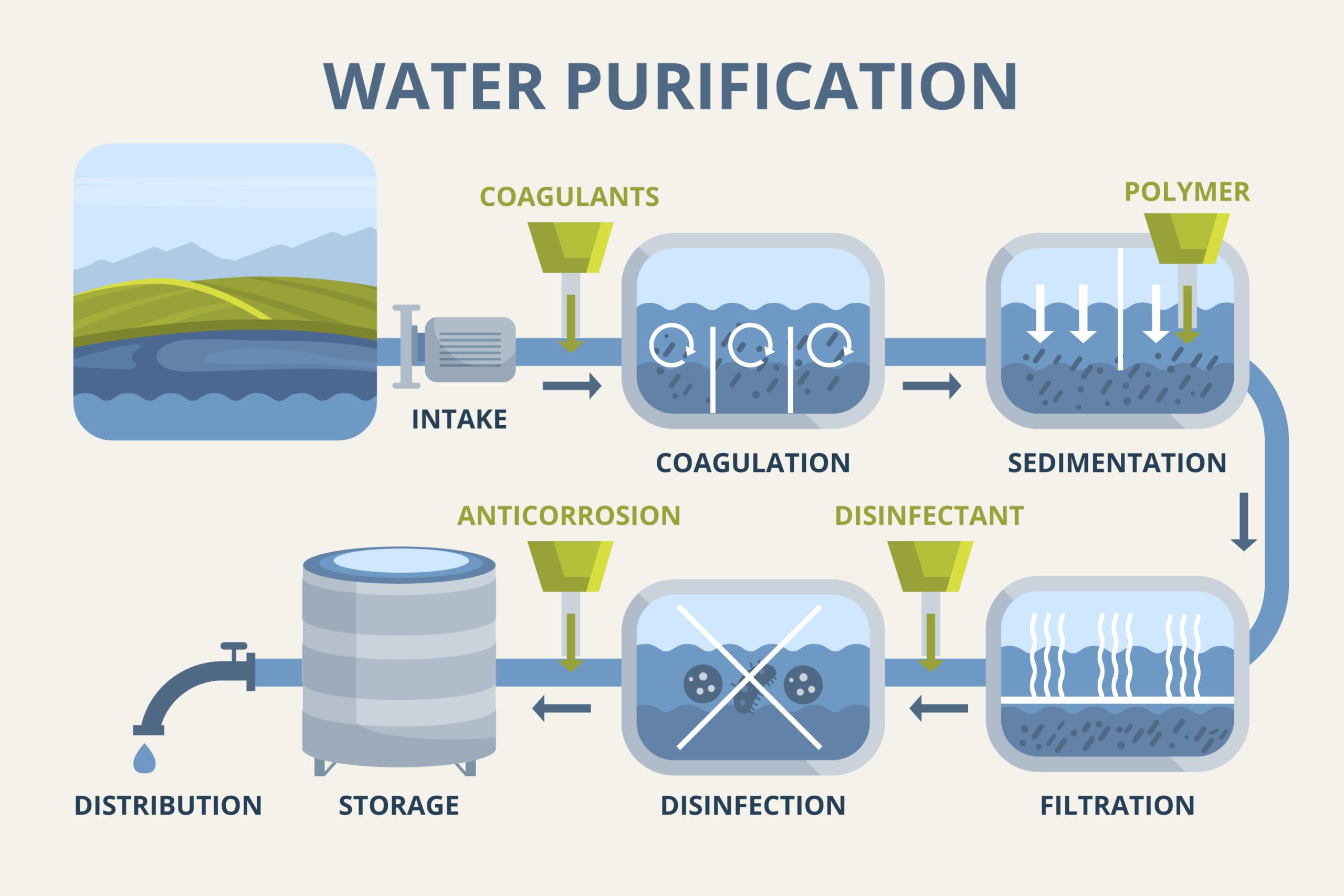

Strainers are essential in protecting equipment by filtering out debris and impurities in pipelines. However, not all strainers are created equal. With a variety of options, the Y-type strainer and duplex basket strainer stand out as popular choices.
Now, you may be asking, “Which strainer is best for my needs?”
Explore this guide to discover how these two types compare in design, functionality, and ideal applications. After reading, you will be informed and find the perfect fit for your pipeline system.
Y Type Strainer (SS Y Strainer)

The Y-type strainer is designed in a compact, Y-shaped form. The design makes it easy to integrate into various piping systems. It is often referred to as an SS Y strainer when made from stainless steel.
This strainer has a filter element positioned at an angle within the Y shape. The filter effectively captures solid particles and debris from fluids. The Y strainer valve is often compact and light, making it ideal for systems with limited space. Thanks to its simple design, the Y-type strainer is easy to maintain and clean. However, its maintenance requires some downtime as the flow must be interrupted.1
Duplex Basket Strainer (Dual Basket Strainer)

The duplex filter is a more complex system. It is sometimes called a duplex basket strainer or strainer duplex. The design of this strainer is characterized by two basket-type strainers connected within a single unit.2
The duplex basket strainer’s unique design allows one basket to continue operating while the other is being cleaned. Thus, it facilitates an uninterrupted flow even though one of the baskets is undergoing cleaning.
Duplex filtration is particularly advantageous for systems requiring continuous operation. This dual basket strainer structure is commonly used in high-flow, high-capacity applications. In such instances, these industries include water treatment facilities, oil pipelines, and other demanding environments.
Here’s a breakdown of the main differences between a Y type strainer and a duplex strainer. Each type varies across several key parameters.
Y Strainer Applications
Duplex Basket Strainer Applications
To choose the best strainer for pipe systems, consider the following factors:
For high-flow applications, the duplex strainer is often a better choice. The reason for this is that it handles larger volumes of fluid with a lower pressure drop.
If the process requires fine particle capture, a duplex basket strainer is likely more appropriate. For more general or less frequent filtration, a Y strainer might suffice.
If your operation can accommodate occasional downtime, an SS Y strainer may be a simpler and cost-effective choice. However, if downtime is not an option, a duplex strainer offers the advantage of continuous operation.
| Feature | Y Type Strainer | Duplex Basket Strainer |
| Design | Y-shaped, compact design | Dual baskets, larger footprint |
| Flow Capacity | Lower flow, suited for small pipes | High-flow, suitable for large pipes |
| Filtration Level | Coarse filtration | Finer filtration |
| Pressure Drop | Higher due to the small filtration area | Lower with larger filtration area |
| Maintenance | Requires system shutdown | Allows for continuous operation |
| Application | Low-flow, general filtration | High-flow, continuous operations |
Lianke Valve Co., Ltd. has been a leader in custom-designed valve solutions since 1982. With a focus on quality and innovation, we offer a diverse range of products tailored to your specific requirements. Our expertise spans pinch valves, fluorine-lined valves, and stainless steel ball valves. We also produce a wide variety of strainers. Choose Lianke for high-quality products, trusted expertise, and exceptional customer service.
1 Product Planning & Development of Y-Type Strainer Used In Thermal Power Plant and Process Plant; Anurag Gupta, Pushpdant Jain, Prabhsah Jain; 2014
(https://www.researchgate.net/publication/271522071)
2 Duplex Basket Strainers; North Ridge Pumps;
(https://www.northridgepumps.com/p_1596_duplex-basket-strainers0

ANSI Class Ratings for Y strainer flanges tell you how much pressure and temperature the flange can handle. These ratings help you choose the right flange material and design to keep your piping system safe and efficient. If you’re installing or replacing a Y strainer in a pipeline, understanding ANSI ratings isn’t optional—it’s essential. Choosing […]

To choose the right wye strainer, you need to understand mesh and screen size. These determine what particles your system can filter out. The finer the mesh, the smaller the particles it catches. This guide explains how to select the correct strainer mesh size, use a mesh size chart, and compare mesh size vs micron […]

When choosing a filter or strainer for your system, micron ratings tell you how small the particles are that your filter can catch. In simple terms, the smaller the micron rating, the finer the filter. Whether you’re in water treatment, chemical processing, or any industry that relies on micron filtration, knowing the right micron size […]

Municipal water doesn’t just show up clean at the tap—it’s the result of a carefully managed process. The liquid filtration process for municipal water treatment plants is the backbone of safe, clean drinking water. From removing dirt and debris to eliminating harmful pathogens, each step in this system ensures water meets strict safety standards. In […]



